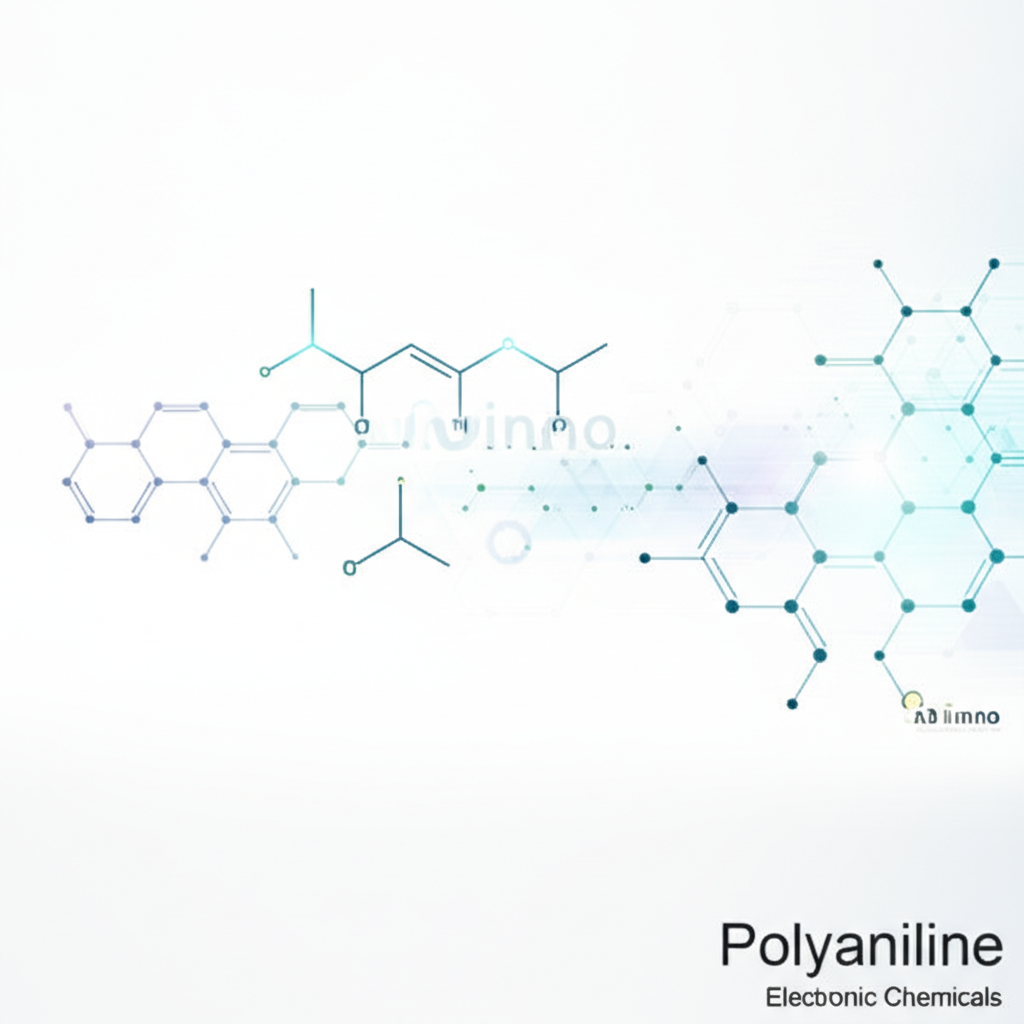Polyaniline (PANI): Properties, Synthesis, and Diverse Applications in Advanced Materials
Discover the versatile world of Polyaniline, a key conducting polymer driving innovation in electronics, energy, and beyond.
Get a Quote & SampleProduct Core Value

Polyaniline
Polyaniline is a highly significant conducting polymer and organic semiconductor, recognized for its exceptional electrical conductivity and promising mechanical properties. Its journey from historical discovery to modern applications showcases its evolution into a cornerstone material for advanced technologies.
- Exploring the synthesis of polyaniline: Learn about the chemical oxidative and electrochemical polymerization methods that are fundamental to producing this advanced material.
- Understanding polyaniline conductivity: Delve into the factors influencing the electrical properties of polyaniline, including its various oxidation states and the crucial role of doping.
- Polyaniline applications in modern technology: Discover how polyaniline is utilized in printed circuit boards, antistatic coatings, sensors, and protective layers, demonstrating its broad utility.
- The mechanical properties of polyaniline: Gain insight into the physical characteristics of polyaniline, examining its behavior in both films and polymer blends for diverse applications.
Advantages Offered by Polyaniline
Exceptional Electrical Conductivity
Polyaniline exhibits remarkable electrical conductivity, which can be precisely tuned through various doping processes, making it ideal for electronic applications and the development of conductive materials.
Versatile Application Spectrum
From advanced sensors to energy storage devices and protective coatings, polyaniline's adaptable properties allow for its integration across numerous industries, highlighting its role in cutting-edge technologies.
Environmental Stability
In its doped state, polyaniline demonstrates impressive environmental stability, ensuring reliable performance in various conditions, which is crucial for long-term material applications.
Key Applications
Electronic Devices
Utilizing polyaniline conductivity, these materials are integral to the creation of printed circuit boards, antistatic coatings, and flexible electronic components.
Sensors
The responsive nature of polyaniline makes it a prime candidate for sophisticated sensors designed to detect gases, pH levels, and various chemical substances.
Energy Storage
Polyaniline's electrochemical properties are leveraged in the development of supercapacitors and batteries, contributing to advancements in energy storage solutions.
Corrosion Protection
Applied as protective coatings, polyaniline effectively shields metal surfaces from degradation, extending the lifespan of components in demanding environments.
